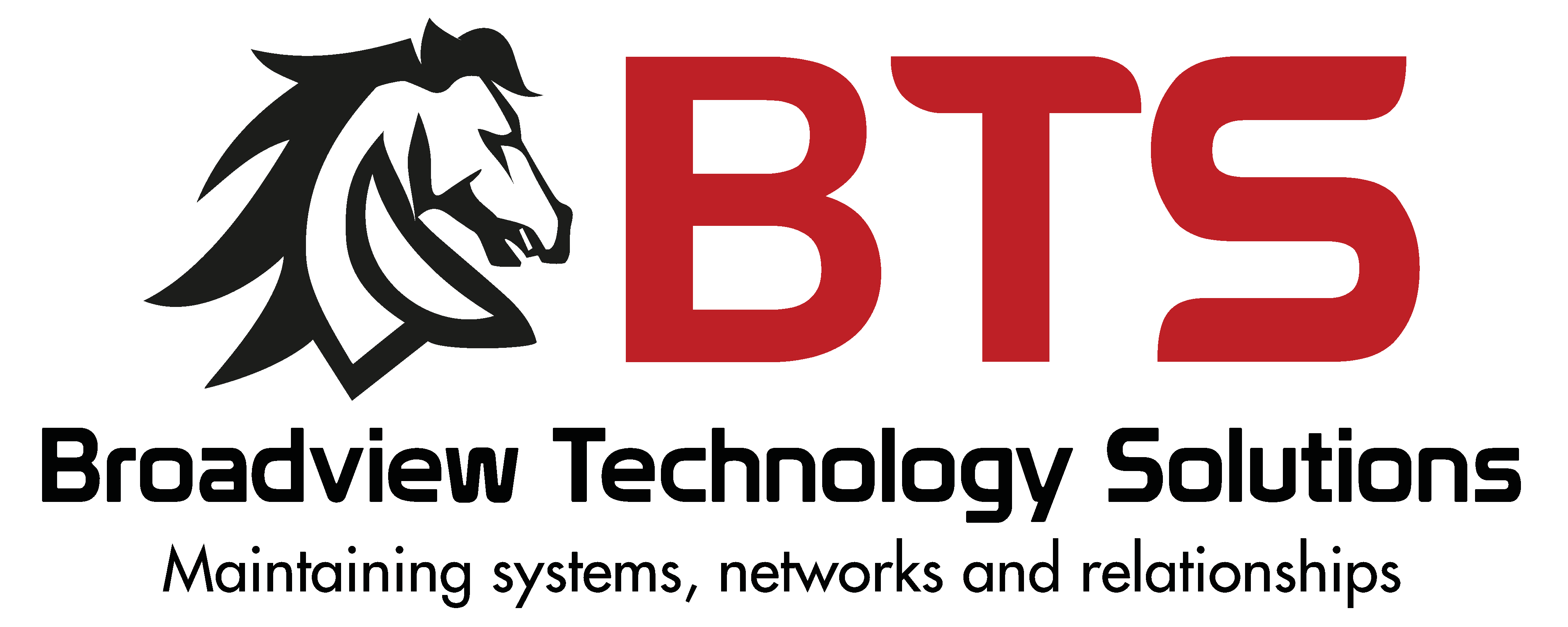Charting Success: The Imperative of Strategic IT Planning for Small Businesses
In the intricate dance of small business operations, success is not just a goal; it’s a strategic journey. As an expert deeply immersed in the realm of technology and its symbiotic relationship with business growth, I am an advocate for the transformative power of strategic IT planning. In this comprehensive guide, let’s navigate through the compelling landscape of how small businesses can leverage strategic IT planning not merely as a technological necessity but as a potent catalyst for sustained growth.
1. Aligning Technology with Business Goals
At the heart of strategic IT planning lies the art of alignment. The technology roadmap should be intricately woven into the fabric of business objectives. Whether it’s streamlining operations, enhancing customer experiences, or fostering innovation, each technological investment should be a deliberate step toward achieving overarching business goals.
2. Strategic IT Planning for Small Business Future Needs
Small businesses are dynamic entities with evolving needs. Strategic IT planning involves not just addressing current requirements but anticipating future ones. This foresight is crucial for selecting scalable solutions that can adapt seamlessly as the business grows, ensuring that technology remains an enabler rather than a bottleneck.
3. Risk Mitigation through Robust Security Measures
The digital landscape is fraught with risks, and small businesses are not exempt. Strategic IT planning incorporates robust security measures. From encryption protocols to managed antivirus to regular security audits, the goal is not just to respond to threats but to proactively mitigate risks. This not only safeguards sensitive data but also fortifies the business against potential disruptions.
4. Optimizing Operational Efficiency
In the tapestry of small business success, efficiency is the golden thread. Strategic IT planning involves optimizing operational processes through technology. Whether it’s implementing workflow automation or integrating software solutions that streamline tasks, the focus is on enhancing efficiency, reducing costs, and maximizing productivity.
5. Data as a Strategic Asset
In the age of information, data is not just a byproduct but a strategic asset. Strategic IT planning involves not only the secure storage of data but its strategic management. This includes implementing data analytics tools that transform raw data into actionable insights, enabling informed decision-making and strategic planning.
6. Scalability for Seamless Growth
The journey of a small business often involves growth. Strategic IT planning ensures that the technology infrastructure is not a hindrance but a facilitator of this growth. Scalability becomes a core tenet, allowing the business to expand without outgrowing its technological capabilities, thus eliminating the need for extensive overhauls.
7. Enhancing Customer Experiences
In a competitive landscape, customer experiences are a differentiator. Strategic IT support planning involves technologies that enhance interactions with customers. Whether it’s implementing a user-friendly website, leveraging data for personalized marketing, or integrating customer relationship management (CRM) tools, the goal is to create seamless and positive customer experiences.
8. Strategic Budget Allocation
Resources are finite, and strategic IT planning involves judicious budget allocation. It’s not about spending for the sake of technology but about making strategic investments. This includes weighing the cost of technology against its potential impact on business goals and ROI, ensuring that each dollar spent is a strategic investment.
9. Cultivating a Culture of Innovation
Innovation is the lifeblood of business evolution. Strategic IT planning fosters a culture of innovation within small businesses. This involves not just adopting new technologies but encouraging a mindset that embraces change, experimentation, and continuous improvement. The goal is to position the business at the forefront of its industry through a proactive approach to innovation.
10. Flexibility in Adapting to Market Dynamics
The business landscape is ever-evolving, and small businesses need to be agile. Strategic IT planning ensures that the technology stack is not rigid but flexible. This flexibility enables the business to adapt swiftly to market dynamics, changing customer preferences, and emerging trends, ensuring that it remains competitive and resilient.
Small Business Triumphs through Strategic IT Planning
In conclusion, strategic IT planning is not a luxury but a strategic imperative for small business success. As an expert in the field, I’ve witnessed the transformative impact of aligning technology with business goals. It’s not merely about implementing solutions; it’s about crafting a roadmap that propels the business forward, ensures resilience in the face of challenges, and positions it as a dynamic player in the digital landscape.
The key lies not just in recognizing the importance of technology but in viewing it as a strategic partner in the journey toward success. Strategic IT planning is not a one-time event but an ongoing process of adaptation and evolution. It’s about understanding that technology is not a standalone entity but an integral part of the small business ecosystem, intricately woven into its journey toward sustained triumph.
